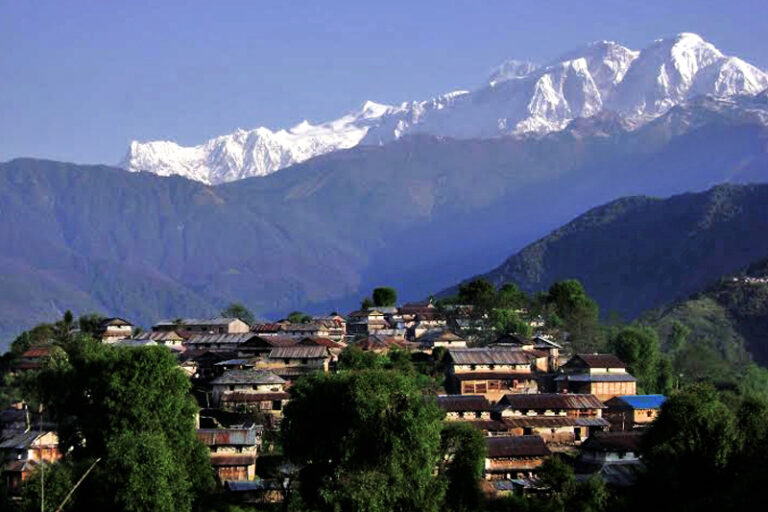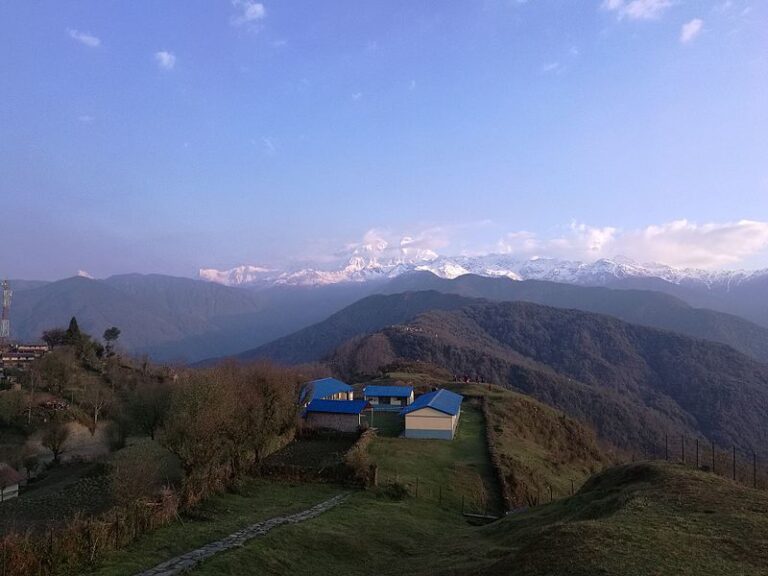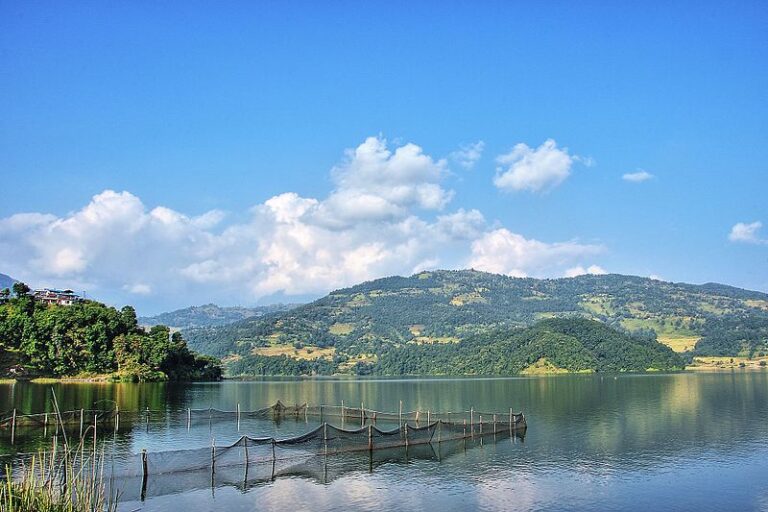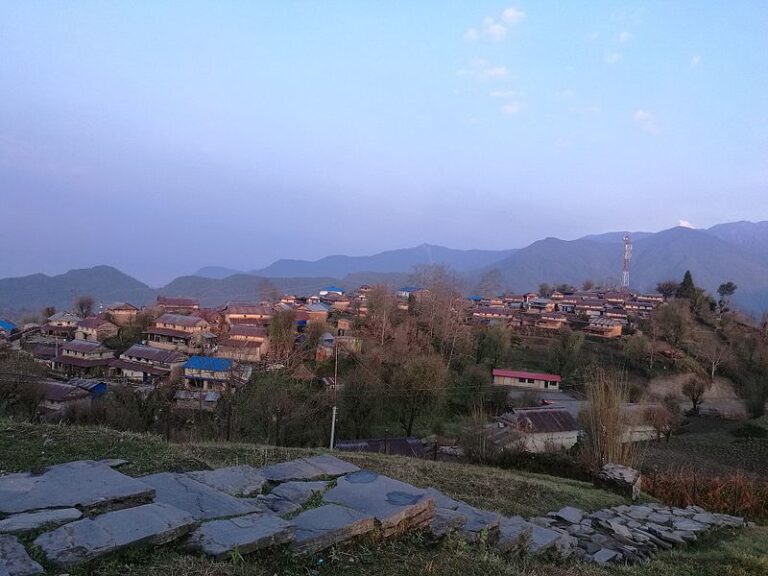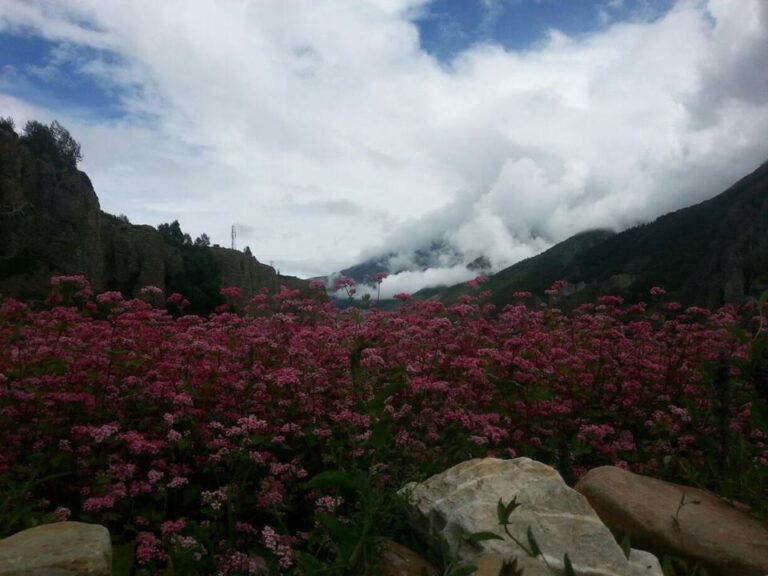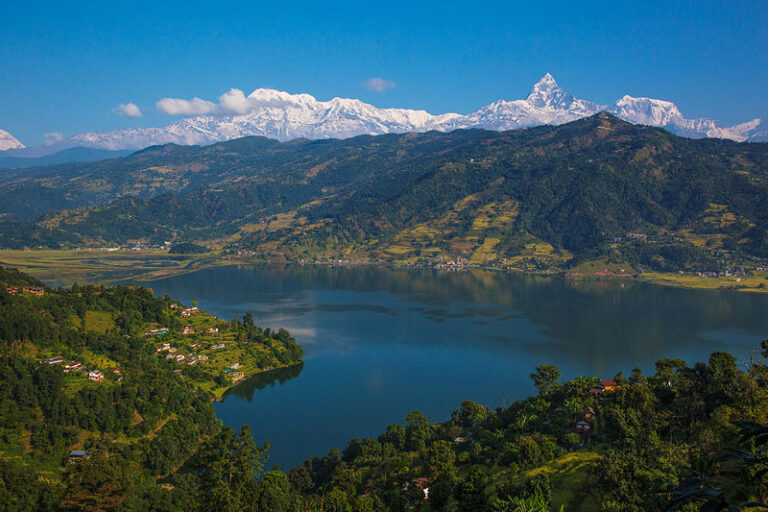Ghale gaun is a beautiful hamlet of Gurung people, which is located in Lamjung district of Nepal and being popular trekking destination for internal and external trekkers due to see real nature views and unique culture of Ghale Gurungs. Trek into the Ghale gaun offers to see splendid view of Lamjung Himal 6983m, Annapurna I 8091m, Annapurna II 7937m, Annapurna IV 7525m, Buddha Himal 6974m, Machhapuchhre 6993 meters high and its beautiful ranges.
Ghale gaun trek is possible to customize according to trekker’s desire, health condition, physical fitness and time frame. If trekkers have about two weeks holiday for Nepal and want to see rural life and splendid mountains view from low elevation then Pokhara to Ghale gaun trek would be the best destination because the trail passes through the remote villages and purpose to see green forest, charms landscapes, verdant paddy fields, wide river valleys, pristine lakes and panoramic view of Machhapuchhre, Lamjung Himal, south Annapurna, Mardi Himal, Hiuchuli, Baraha Shikhar and some of the top ten mountains of the world known as Manaslu 8163m, Annapurna first 8091m and Dhaulagiri 8167 meters high above the sea level.
Beyond the mountains views, the Ghale gaun trekking route offers to know about some of the ethnic groups of Nepal called Brahmans, Chhetris, Dalits, Magars and Gurungs. Normally, the Chhetris and Brahmans are known as highest castes of Nepal and following the Hinduism so during the trekking period, trekkers will explore some of the popular Hindu shrines and temples. The Gurungs and Magars are well known as Buddhist people but still some of the families following the Bon religion and shamanism too.
Apart from nature views and religious sites, the Ghale gaun trekking route commands to explore dozens of remote villages, where peoples are dwelling far from moderns life and preserving their culture, traditions, costumes, ethnicities and communal forest where can be seen some of the wild life, specially; deer, monkeys, jackals, langurs (white body with black faced monkey) and many species of birds and butterflies. If trekkers are traveling during the spring season then possible to see many kinds of blossoms such as Rhododendron, Wild roses, magnolia and many species of orchids.
Honey Hunting Festival
Gurung people celebrates a unique festival called Honey hunting festival during the April-May and October-November. It is an age-old tradition among the people of Ghale goun and Ghanapokhara village. The Honey hunters perform exceptional skills as they hang the rope on a vertical cliff and chuck the wild honeycombs to get honey. The honey is used as medicine and price is very high in the international market.
Gurung peoples – Gurungs peoples are a Tibeto-Burmese peoples(who called themselves Tamu or highlanders) originally migrated from western Tibet to central region of Nepal around 6th century and now; they living throughout the Nepal especially Gorkha, Tanahu, Baglung and Sangkhuwa sabha district of Nepal. The Gurung peoples are known as Buddhist people but still some of the family practicing Bon faith and shamanism too. Gurung people has their own language, culture , tradition, religious rituals and festivals.Their main festival is called Lhosar which is dedicated to Tibetan new year. Apart of Lhosar festival they celebrates Rodhi (One distinctive aspect of village life is the Rodhi, a cross between a town hall and a youth center,where teenagers hang out and cooperative village task are planed.
